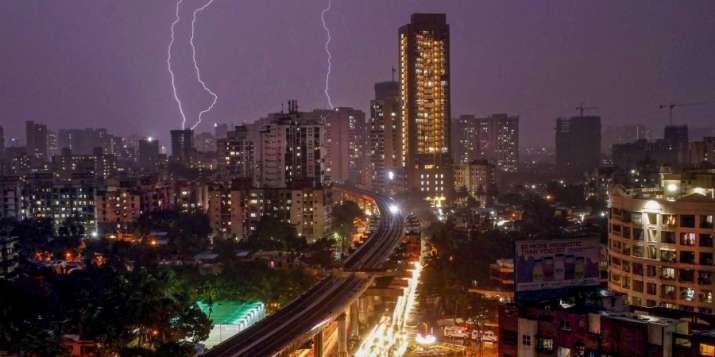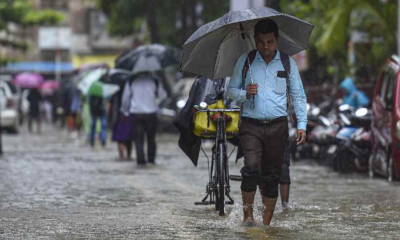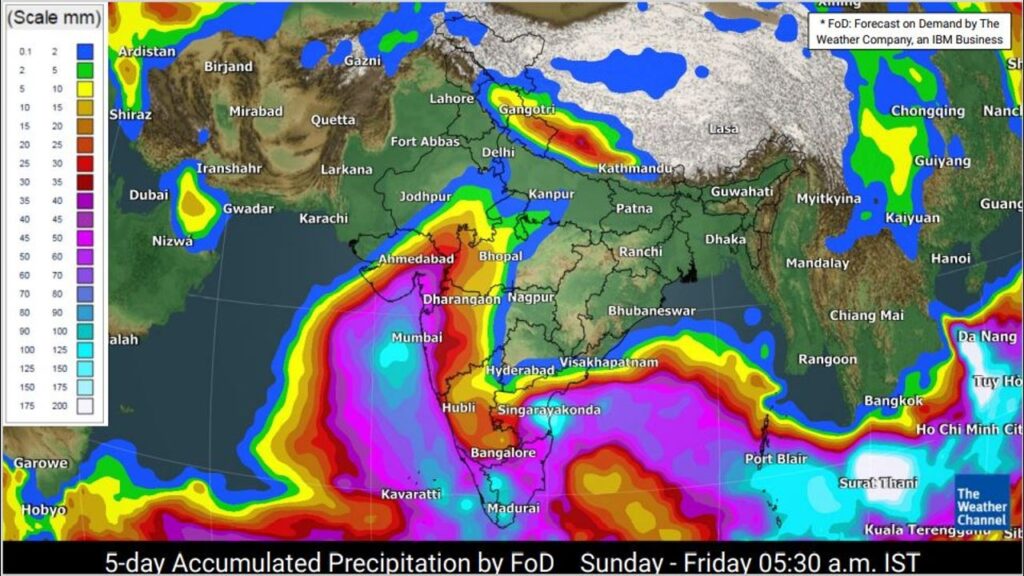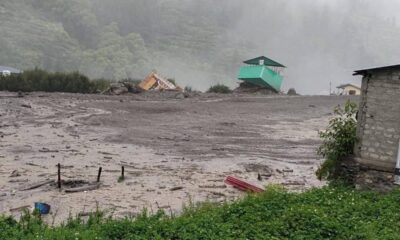

More in Gujarat Latest News
-
Gujarat Latest News
Gujarat tourists safe amid Uttarakhand floods, state ensures swift response
Uttarakhand floods: The Gujarat government has launched a rapid rescue action to get back 141 tourists...
-


Gujarat Latest News
Gujarat’s rakhi tribute to soldiers sets an India record
On the festival of Raksha Bandhan, 53,000 women from Gujarat’s Anganwadis prepared and shipped 3.5 lakh...
-
Gujarat Latest News
Monsoon weakens in Gujarat: light to moderate rain likely in 21 districts
Gujarat Rain Forecast: As per the 5-day weather report released by the India Meteorological Department (IMD) on...
-


Gujarat Latest News
Ahmedabad crime branch seizes ₹2cr worth of ambergris, one arrested
Ahmedabad City Crime Branch arrests suspect; contraband linked to Mumbai-based associate still absconding. Rare ‘Whale Vomit’...
-


Gujarat Latest News
Cloudburst in Uttarakhand leaves over 38 Gujarat pilgrims missing
News is coming out that numerous Gujarati pilgrims are abandoned after a hasty cloudburst in Uttarakhand....























